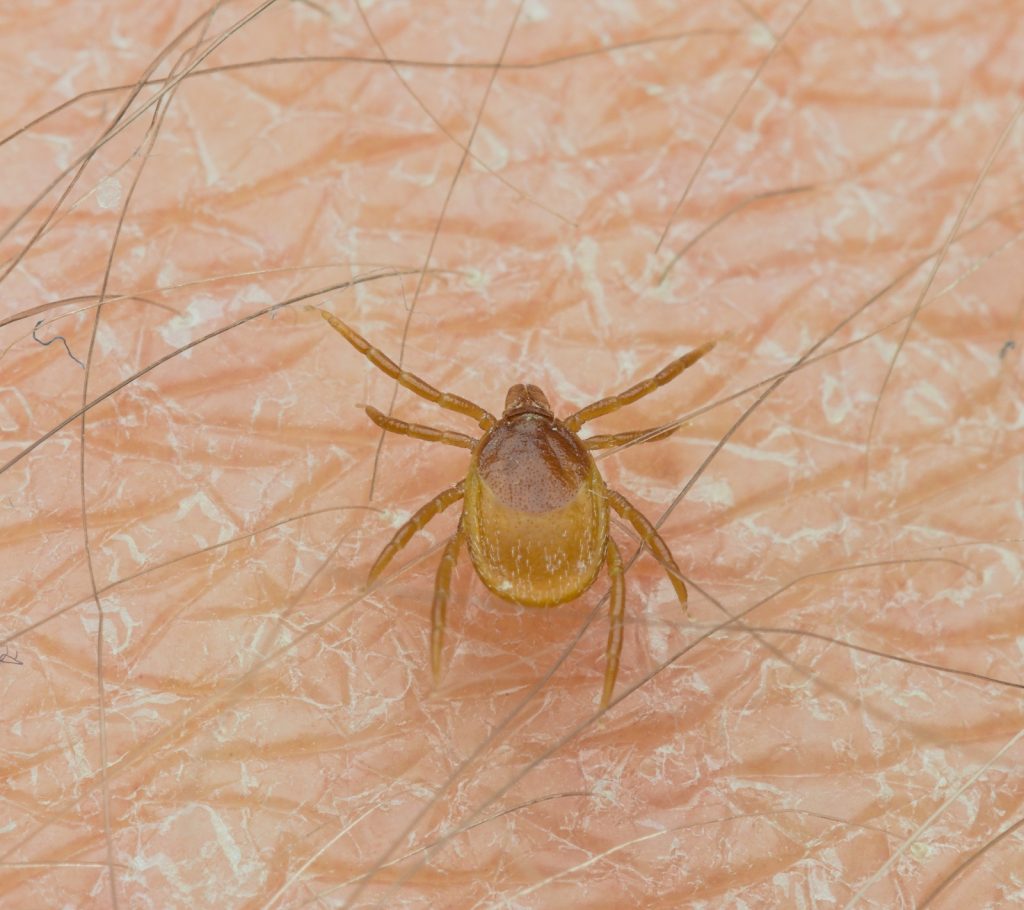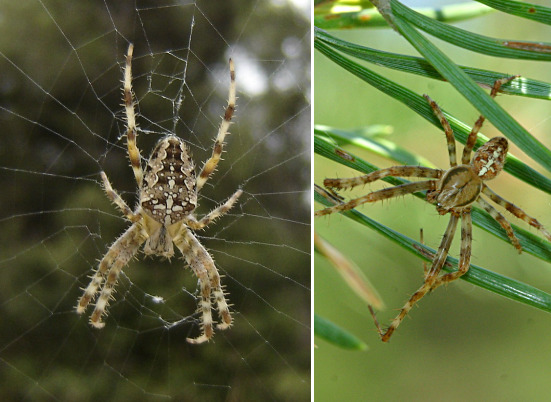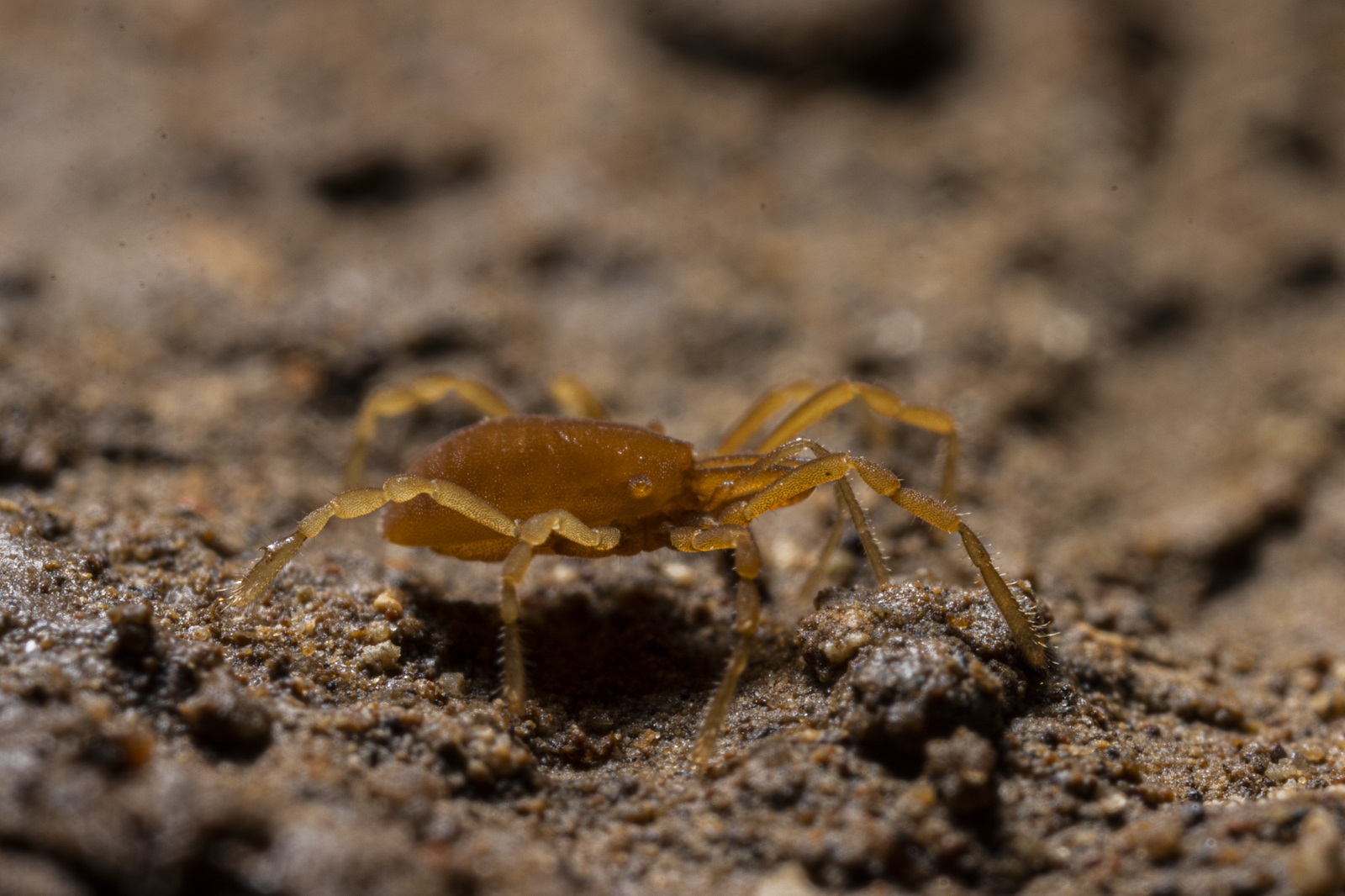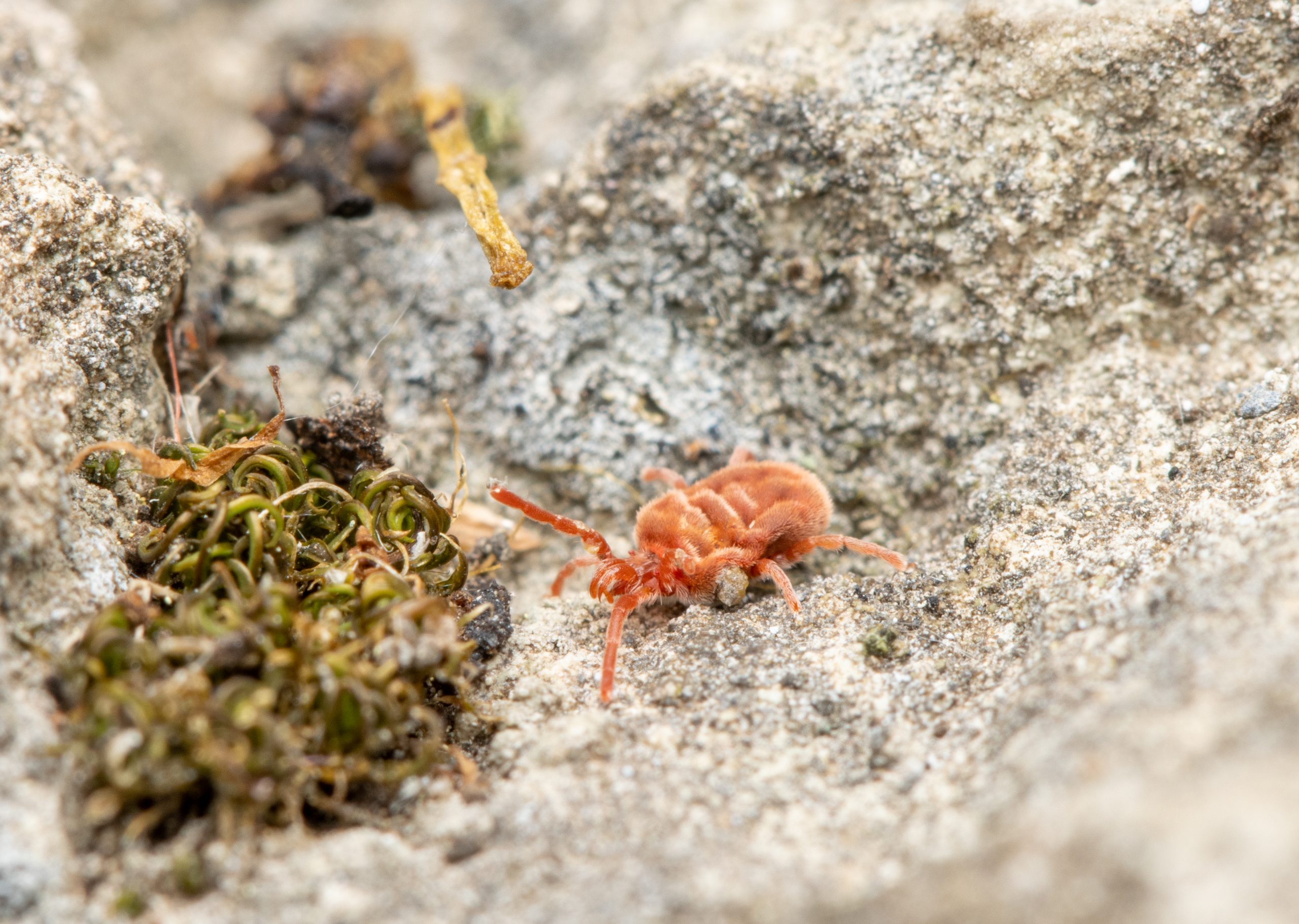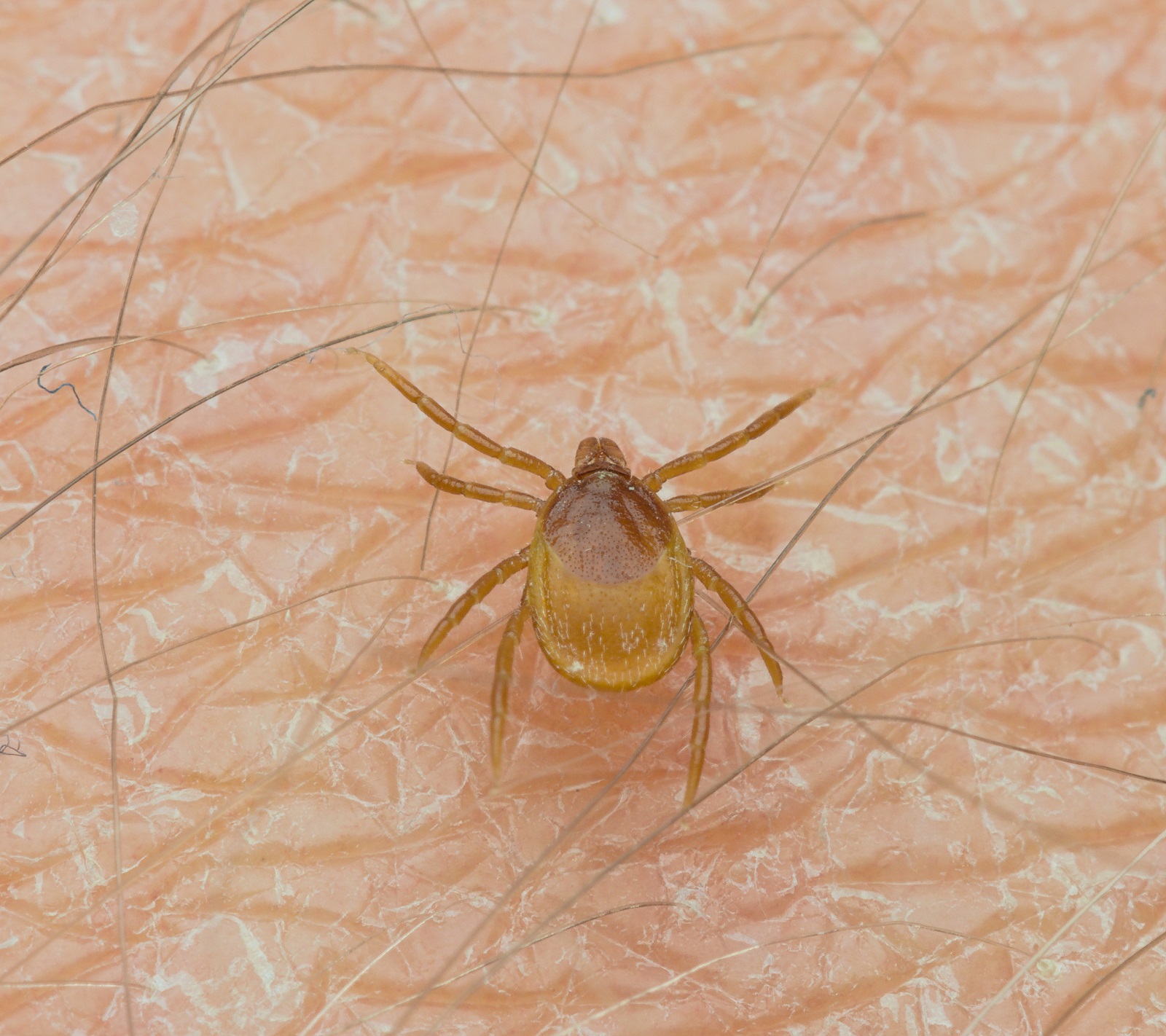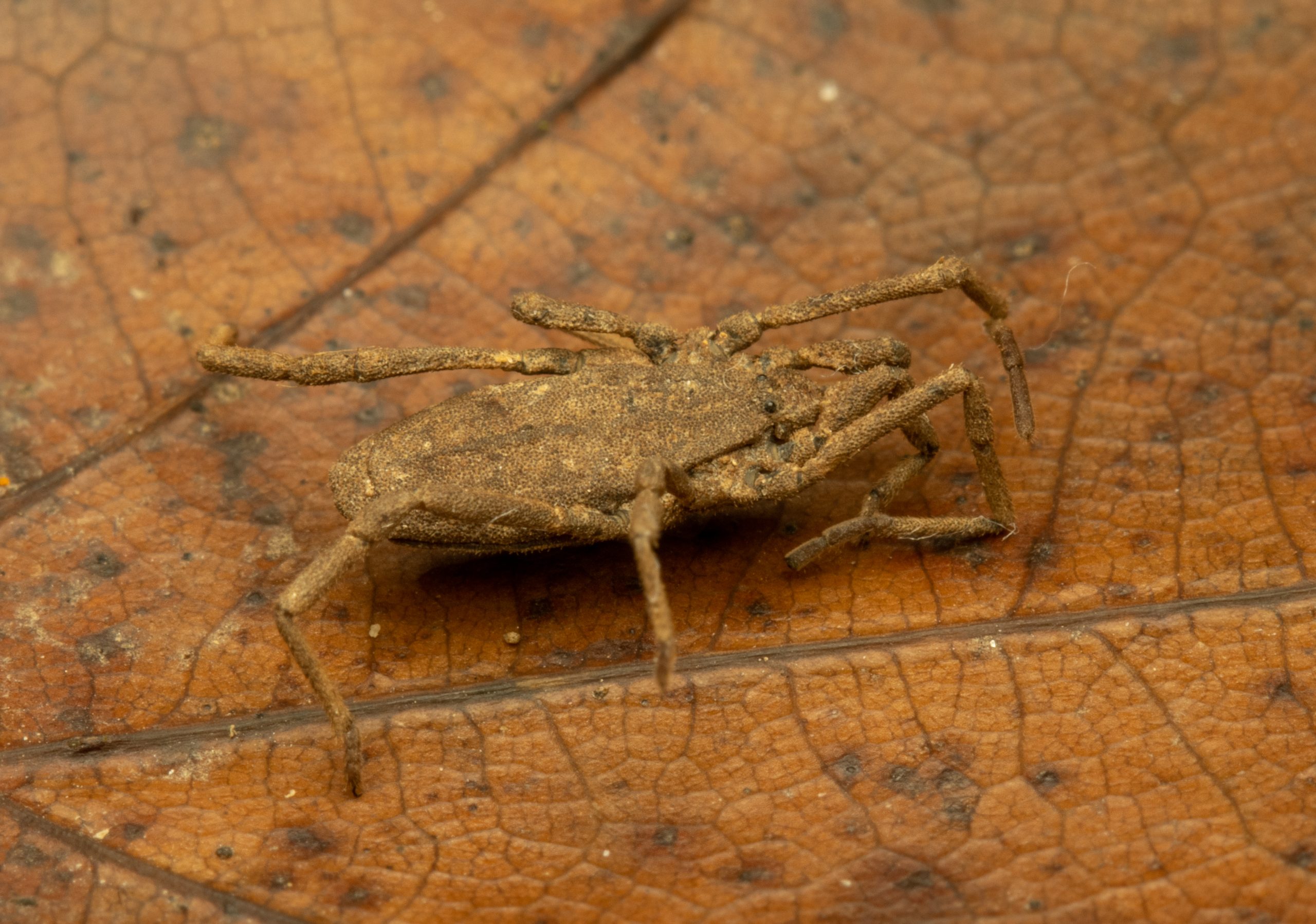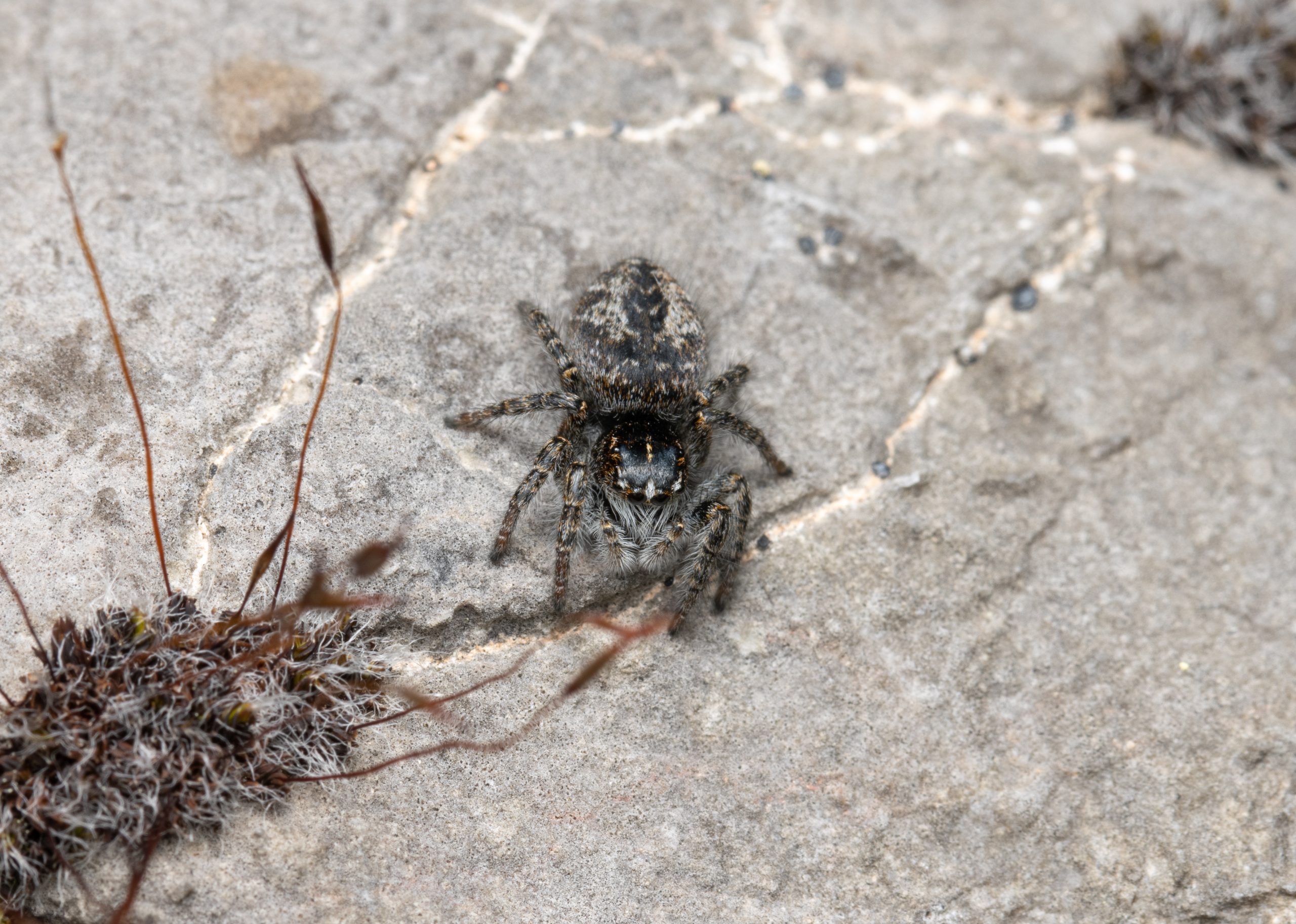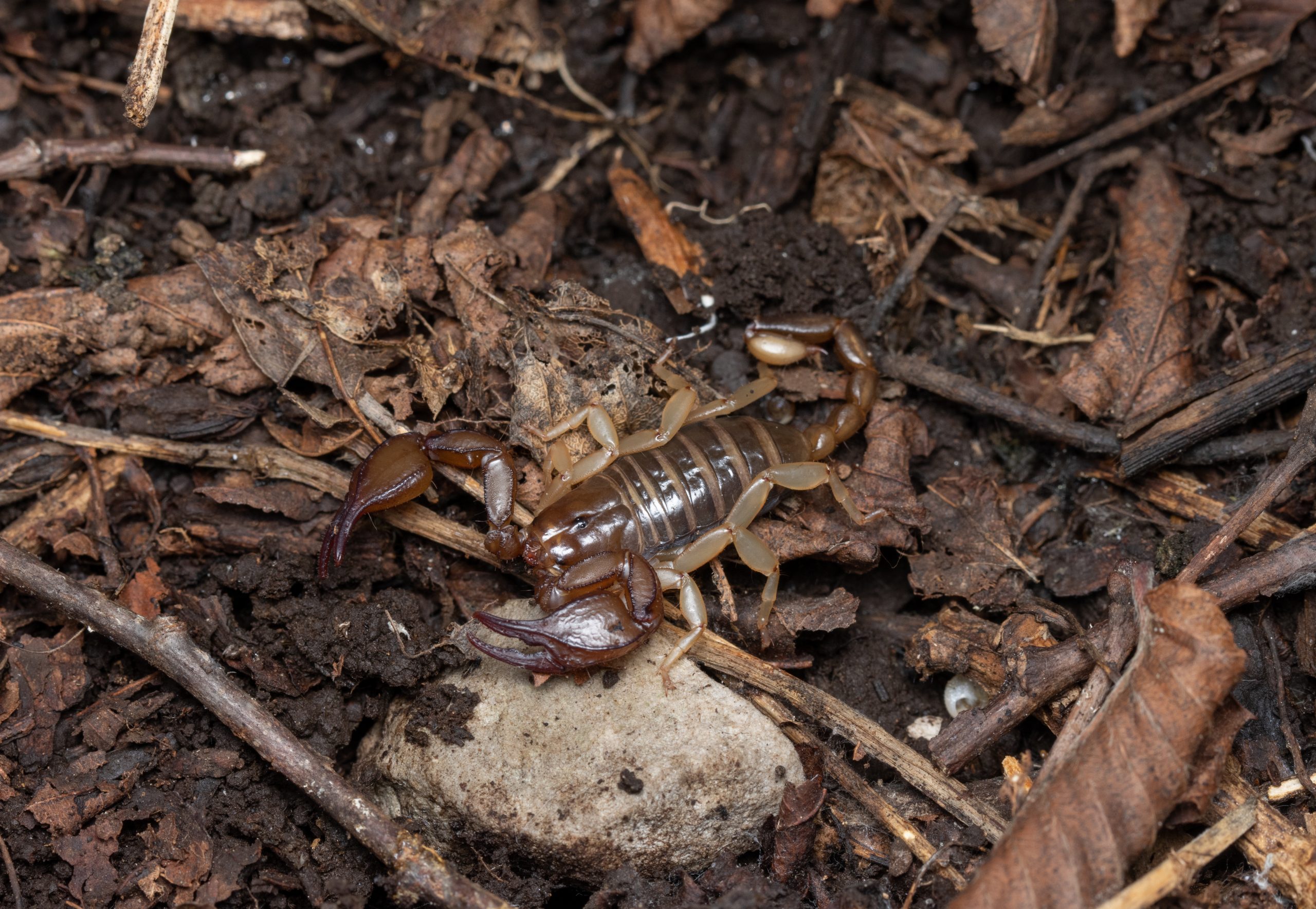- Chelicerata
Ixodes ricinus
Castor bean tick is a tiny, up to 3 millimeter large parasitic mite (Parasitiformes). The bodies of ancestral mites and ticks were composed of cephalothorax (prosoma) and abdomen (opisthosoma), as in other arachnids, but were during their evolution reorganized into different functional body regions. The body in recent ticks is thus organized into a gnathosoma and idiosoma.
The gnathosoma includes only the most anterior part of the prosoma, the so called capitulum, together with chelicerae and pedipalps. The chelicerae are tiny and are used to break the skin of the host. The pedipalps are club-like and basally fused into a hypostome, which is covered in backwards projecting spines and allows the tick to anchor into the skin. The gnathosoma is delimited from the idiosoma by a groove.
The idiosoma comprises the posterior part of the prosoma with four pairs of walking legs and the opisthosoma. The segments of idiosoma are fused into a uniform unit which is dorsally covered by a dorsal shield (scutum). In males the dorsal shield covers the entire idiosoma, while in females it covers only the anterior part of the idiosoma. Laterally on the opisthosoma just behind the last pair of legs two large stigmas are located. The first pair of legs contains a Haller’s organ, which can detect chemicals from the host, changes in temperature and air currents.
The castor bean tick is distributed throughout the Europe and also in areas of the north Africa and the Middle East. It is mainly encountered in forest habitats where its hosts are present.
Ticks in general are ectoparasites of vertebrates, most commonly mammals and birds. They locate the host by the body odors, heat, breath and vibrations. They use their chelicerae to break the skin and then the hypostome to anchor into the tissues of the host. Once they are completely engorged they drop from the host. They feed exclusively on blood, which is poor in carbohydrates, lipids and some vitamins. They obtain these molecules from the endosymbionts.
The life cycle of thicks includes an egg, a larva with three pairs of legs, a nymph with four pairs of legs and an adult. Most species of ticks parasitize three hosts during their lifetime. They mate on the host.
Ticks are extremely resilient animals with slow metabolism. They can starve for more than 18 weeks and survive two weeks at temperatures between -7 and -2 °C. They transmit numerous diseases, including tick-borne meningoencephalitis and Lyme disease.
More photos
Related arthropods

Authors
- Urban Bogataj,
- Gregor Bračko,
- Teo Delič,
- Cene Fišer,
- Žiga Fišer,
- Rok Kostanjšek,
- Rudi Verovnik,
- Miloš Vittori,
- Valerija Zakšek.
Students Vito Ham, Vesna Jurjevič, Gaj Kušar, and Adrijan Samuel Stell Pičman also participated in the project.
